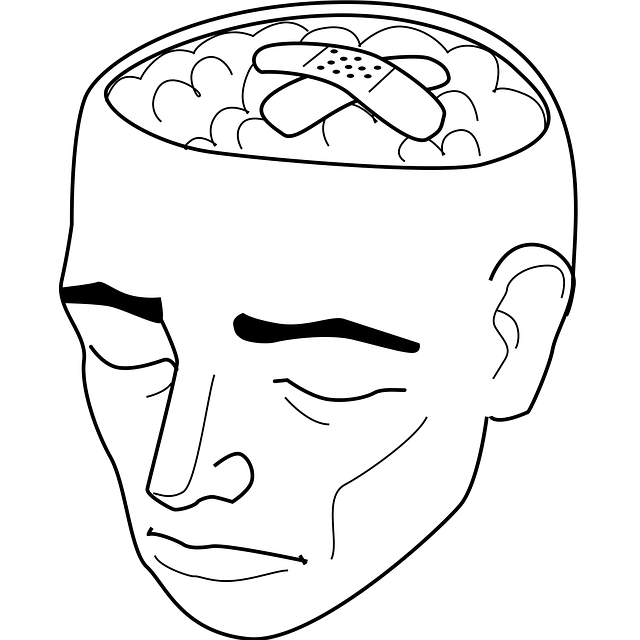Crisis intervention strategies like Somatic Experiencing (SE) are critical in child therapy, addressing trauma and distress through mind-body connections. SE aids kids in processing traumatic memories stored in their bodies, fostering safety and self-soothing skills. Simple practices such as journaling and conflict resolution techniques empower self-reflection and resilience. Public awareness campaigns normalizing mental health conversations and educating caregivers about early intervention are crucial for long-term emotional well-being. Ongoing support and prevention tactics, including SE integrated into self-care routines, play a key role in recovering from acute incidents.
“In moments of crisis, effective intervention can be a lifeline for children, offering a path towards healing and resilience. This article provides an in-depth exploration of crisis intervention strategies tailored specifically for young individuals. We begin by delving into the fundamentals of crisis intervention in child therapy, followed by an innovative approach: Somatic Experiencing, a powerful tool for trauma healing. Furthermore, we offer practical techniques for therapists to implement during interventions and emphasize post-intervention support, fostering resilience as a long-term strategy.”
- Understanding Crisis Intervention: A Cornerstone of Child Therapy
- Somatic Experiencing: An Innovative Approach for Children's Trauma Healing
- Practical Strategies: Techniques to Implement During Interventions
- Fostering Resilience: Post-Intervention Support and Prevention Tactics
Understanding Crisis Intervention: A Cornerstone of Child Therapy

Crisis intervention strategies are a cornerstone of child therapy, offering vital support during moments of intense distress or traumatic events. Understanding that each child’s experience is unique, therapists employ techniques tailored to their needs. One such effective approach is Somatic Experiencing, which recognizes the deep connection between physical and emotional states, helping kids process and release trauma-related sensations. By creating a safe space for expression, this method fosters healing and empowers children to regain a sense of safety and control.
The significance of crisis intervention extends beyond acute situations; it contributes to long-term mental wellness. Efforts to reduce the stigma surrounding mental illness play a crucial role in encouraging children to seek help early on. Additionally, simple practices like journaling can serve as powerful tools for self-reflection and self-esteem improvement, allowing young individuals to document their thoughts, emotions, and progress over time. These strategies collectively promote resilience, ensuring children have the resources needed to navigate life’s challenges effectively.
Somatic Experiencing: An Innovative Approach for Children's Trauma Healing

Somatic Experiencing (SE) is an innovative and effective therapy for children’s trauma healing. This approach focuses on the mind-body connection, aiming to help young individuals process and release traumatic memories stored in their bodies. SE techniques involve safe, guided movements and sensations to access and resolve deep emotional responses, fostering a sense of safety and grounding. By integrating this into a child’s self-care routine development, therapists can enhance mental wellness and promote resilience.
Public awareness campaigns development around trauma healing can further normalize conversations about mental health. Educating parents, caregivers, and communities on the importance of early intervention and access to quality therapy, such as SE, is crucial. This knowledge empowers everyone to support children in their recovery journeys, ensuring better mental health outcomes for future generations.
Practical Strategies: Techniques to Implement During Interventions

When implementing crisis intervention strategies, professionals can draw from a range of practical techniques to support individuals in distress, including children who may benefit from therapy for children tailored to their unique needs. Somatic Experiencing, for example, is an approach that helps people process traumatic memories by focusing on bodily sensations and the present moment. This method facilitates the safe release of emotional tension and can be a powerful tool in calming and grounding individuals during crises.
In addition to Somatic Experiencing, incorporating Self-Awareness Exercises and Anxiety Relief techniques into interventions can further support individuals in managing intense emotions. Encouraging deep breathing, progressive muscle relaxation, or mindful meditation allows participants to develop self-soothing skills that promote a sense of safety and control. Moreover, teaching Conflict Resolution Techniques empowers individuals—especially children—to navigate challenging situations with increased confidence and resilience, fostering healthier relationships and emotional well-being.
Fostering Resilience: Post-Intervention Support and Prevention Tactics

Fostering resilience is a key aspect of crisis intervention strategies. After an acute incident, providing ongoing support and implementing prevention tactics can significantly aid in recovering individuals’ emotional well-being. Therapy for Children, such as Somatic Experiencing, plays a pivotal role here. This approach focuses on helping individuals integrate traumatic memories and emotions by accessing bodily sensations, thereby enhancing their self-awareness exercises. By engaging in regular therapy sessions, individuals learn to regulate their responses to stressful situations, building internal resilience that can prevent future crises.
Moreover, public awareness campaigns development and emotional well-being promotion techniques are essential components of fostering resilience at a community level. These initiatives not only educate people about crisis intervention but also encourage the adoption of healthy coping mechanisms. Through these efforts, communities become better equipped to support individuals in distress, creating a network of care that reinforces the effectiveness of post-intervention strategies.
In navigating the complex landscape of crisis intervention, professionals in child therapy have a powerful toolkit at their disposal. From understanding the foundational role of crisis intervention to exploring innovative approaches like Somatic Experiencing and practical strategies for immediate application, this guidance equips therapists with the means to support children’s healing and foster resilience. By integrating these techniques, including Somatic Experiencing, therapists can provide effective therapy for children, helping them overcome trauma and build coping mechanisms that will serve them throughout their lives.









